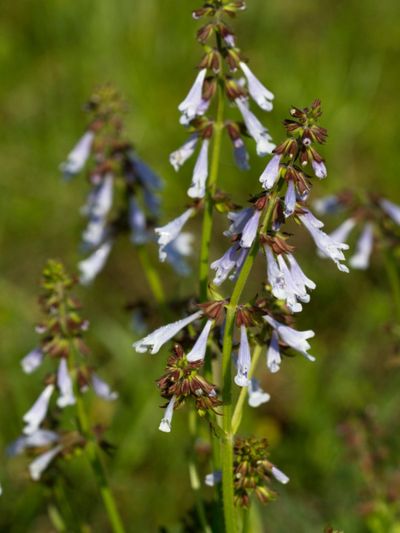What is Lyreleaf Sage?
Lyreleaf sage (Salvia lyrata) is a perennial herb that grows wild across much of the Eastern United States, extending into parts of the Midwest. It grows in a variety of soil types and is often found in woodlands, meadows, fields, and along roadsides. It is suitable for growing in USDA hardiness zones 5 through 10. Note: Although lyreleaf sage plants are attractive in the home landscape, this salvia plant is considered an invasive plant in certain areas due to its tendency to crowd out other native vegetation. Check with your local Cooperative Extension Office before growing lyreleaf sage.
Salvia Lyrata Uses
In areas where its rambunctious nature isn’t a problem, lyreleaf sage is often used to beautify roadsides and public hiking trails. In the home landscape, this attractive, low-maintenance plant is often planted as a groundcover in flower beds or in wildflower meadows where it is highly attractive to hummingbirds and butterflies. However, it isn’t a good choice for gardeners who prefer tidy, manicured gardens.
Is Lyreleaf Sage Edible?
Young lyreleaf sage leaves have a slightly minty flavor, which adds an interesting, subtle flavor to salads or hot dishes. The entire plant, including the blooms, can be dried and brewed into tea. Often flavored with a bit of honey, the tea (sometimes used as a gargle) may soothe coughs, colds, and sore throats.
Lyreleaf Sage Care
Lyreleaf sage tolerates partial shade, but full sunlight brings out the best color in the foliage. It requires well-drained soil, especially through the winter months, as plants in soggy soil rarely survive a hard freeze. Although lyreleaf sage is relatively drought-tolerant, it benefits from a deep soaking at least once every month throughout the summer months. Provide plenty of air circulation to prevent mildew and other moisture-related diseases. Mow the plant beginning in mid to late May, then repeat as needed throughout summer with a final close mowing in autumn. Otherwise, lyreleaf sage care is uninvolved. No fertilizer is required in the home garden, although a yearly feeding is recommended for public beautification projects.
